Sports scientist says this 3-move core workout “builds abs of steel” – I did it for a month and here's what happened
Rock solid?

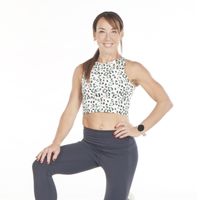
Strong, defined midsections are always in demand, but when was the last time you trained your abs according to science? Sure, endless sit-ups, planks and crunches can help you sculpt “abs of steel”, but according to experts, there are far more efficient, targeted ways to build true core strength, and this three-move workout is one of them.
We asked Natasha Hickey, a sports scientist, a personal trainer and master trainer at fitness app, Mvmnt, to share what she believes is the most effective three-move abs routine you can do at home, using nothing more than a yoga mat.
“Your core is a lot more than just the six-pack society obsesses over,” Natasha explains. “It’s made up of multiple muscle groups that support and protect your spine and pelvis - including the lateral core (the sides of your body), the posterior core (your back), and, of course, the anterior core (the front). If you're not training all of these areas, you're leaving strength and stability on the table.”
The workout
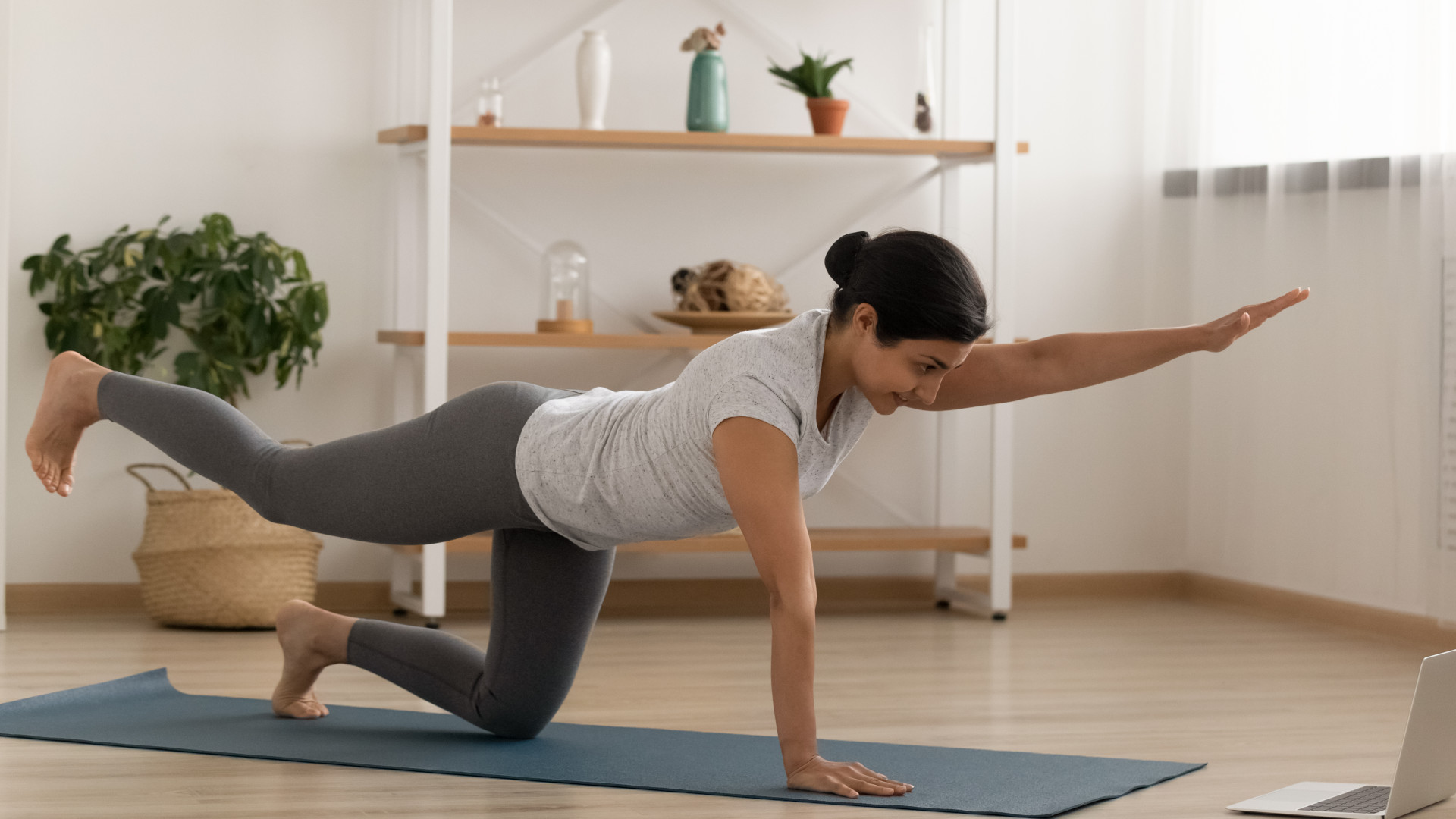
“With just three moves, I’ve aimed to tick as many boxes as possible,” says Natasha. “Each one hits a different plane of motion: sagittal (forward and backwards), frontal (side to side), and posterior (back). This 360-degree approach doesn’t just build strength and definition, it also improves mobility and lowers your injury risk.”
I followed the plan every day for a month. The result? A stronger core, better posture, and proof that sometimes less really is more – especially when you're training smart.
Here’s how to do the workout.
1. Modified side plan
Get all the latest news, reviews, deals and buying guides on gorgeous tech, home and active products from the T3 experts
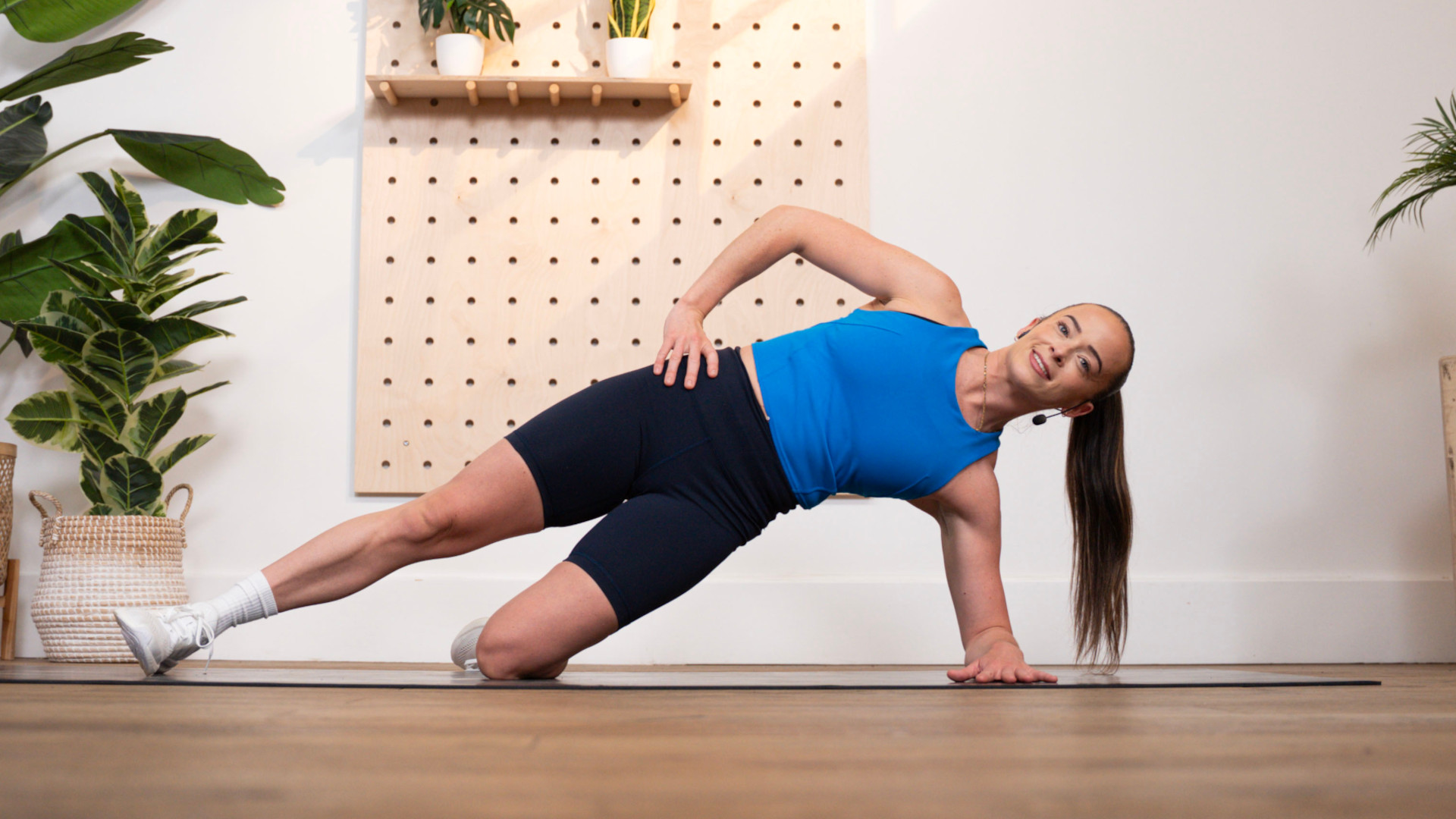
Hold: 30–60 seconds each side
Why it works: “This targets the obliques (your side body) and builds rotational strength and overall core stability,” says Natasha. “Strong obliques help protect the spine by keeping the core engaged during movement, reducing injury risk.”
How to do a Modified Side Plank:
- Start on your side with your elbow directly beneath your shoulder, forearm flat.
- Bend your bottom knee to 90 degrees on the floor; stack your top leg straight on top.
- Engage your core and lift your hips to form a straight line from head to knee. Avoid collapsing into your shoulder.
- Hold for 30–60 seconds each side.
Natasha’s top tip: Start with your weaker side so you’re fresh and focused on form.
2. Alternating supermans

Time: 30–60 seconds
Why it works: “This move strengthens your posterior chain - particularly the lower back - to improve spinal support and posture,” says Natasha. “A strong back works with your abs and obliques to stabilise the spine and ward off pain.”
How to do alternating supermans:
- Lie face down with arms extended overhead and legs straight.
- Engage your core, then lift your right arm and left leg together.
- Pause for 1-2 seconds, squeezing your glutes and lower back.
- Lower with control and switch sides.
- Alternate for 30–60 seconds.
Natasha’s top tip: Reach long through fingers and toes – it’s about extension, not height.
3. Alternating deadbugs
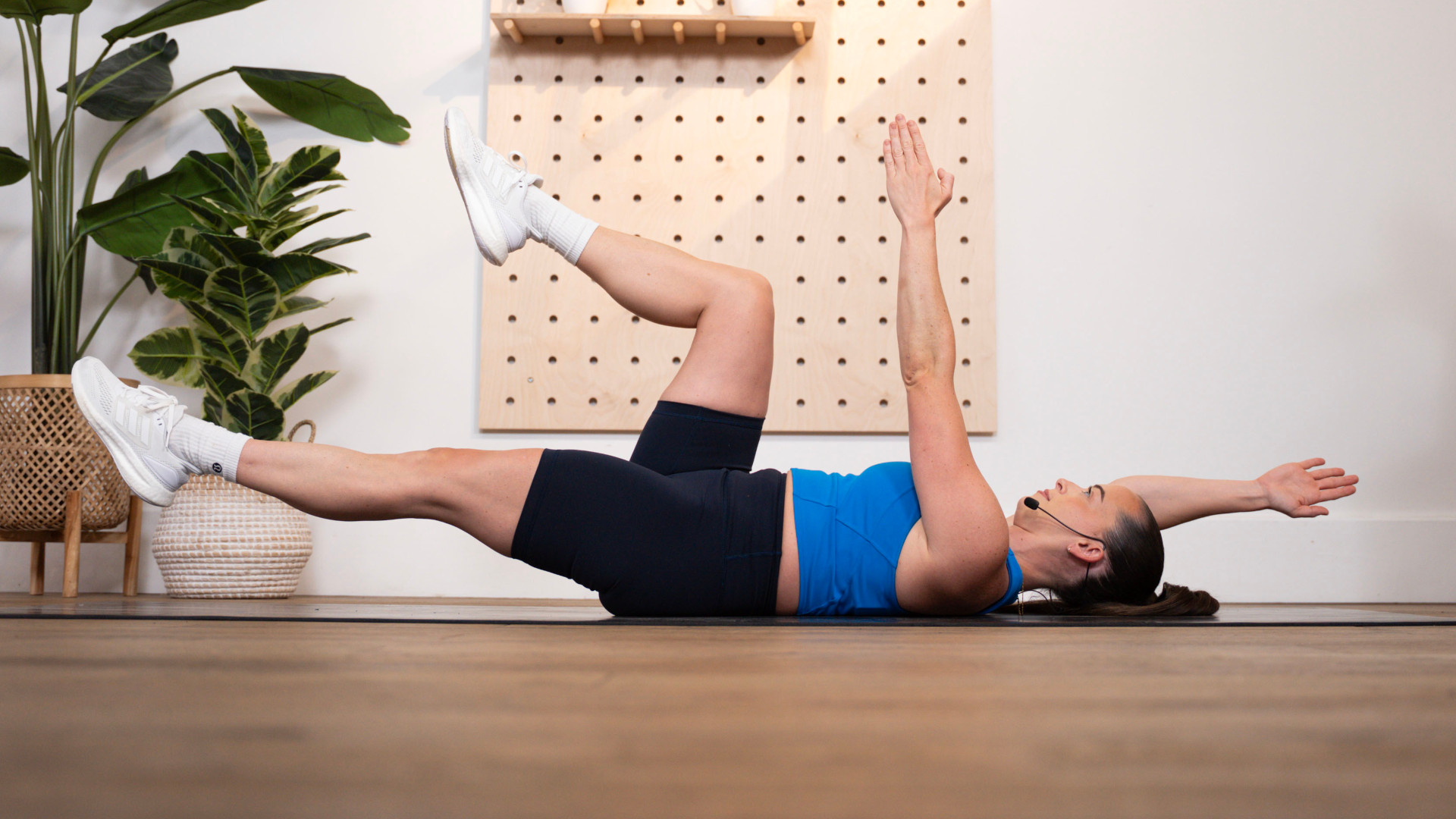
Time: 30–60 seconds
Why it works: “This one’s a core-stability powerhouse,” says Natasha. “It hits the front of your abs - the six-pack muscles - and teaches you to keep your core engaged while your limbs move. That’s essential for walking, lifting, even balancing.”
How to do alternating deadbugs:
- Lie on your back, arms extended to the ceiling, knees bent at 90°, shins parallel to the floor.
- Pull your lower back gently into the mat to engage your core.
- Extend your right arm behind you and your left leg forward - hover just above the floor.
- Pause, return to start, and switch sides.
- Keep alternating for 30–60 seconds.
Natasha’s top tip: Keep your lower back pressed into the mat throughout - this keeps your core fired up and your spine safe.
What happened when I did this three-move core workout for a month
Ab strength never goes out of style, so I’m always up for trying new ways to build a stronger, more functional core. This month, I put this science-backed, three-move routine from movement coach and personal trainer Natasha to the test – and the results went deeper than just sculpted abs.
By the second or third exercise, I was feeling that famous burn, not just through the front of my body, but all the way around my waist. My obliques, deep core, and lower back were all fired up, giving me a 360-degree workout that felt far more effective than standard sit-ups or crunches.
What made it different? The variety. These three moves target your core across all three planes of motion – sagittal, frontal and transverse – which keeps your muscles guessing and your form sharp.
“All joints in the body are designed to move in all three planes,” explains Natasha. “Yet most workouts don’t train them that way. They’re usually sagittal-dominant – squats, lunges, crunches – which means forward, backwards, up and down.”
“When you train the core in all directions, you unlock greater muscle activation and functional strength that translates to real life. You move better, feel stronger, and stay more injury-resilient.”
After four weeks of this simple but targeted routine, I noticed real changes. My abs felt firmer, my lower back stronger, and I was engaging my core more mindfully throughout the day. Whether I was lifting weights, running or just (power) walking the kids, my core was switched on and ready to support me.
This isn’t just about aesthetics, it’s about building a stronger foundation for everything you do. And with just a mat and 10–15 minutes, it’s a plan that fits into almost any routine.
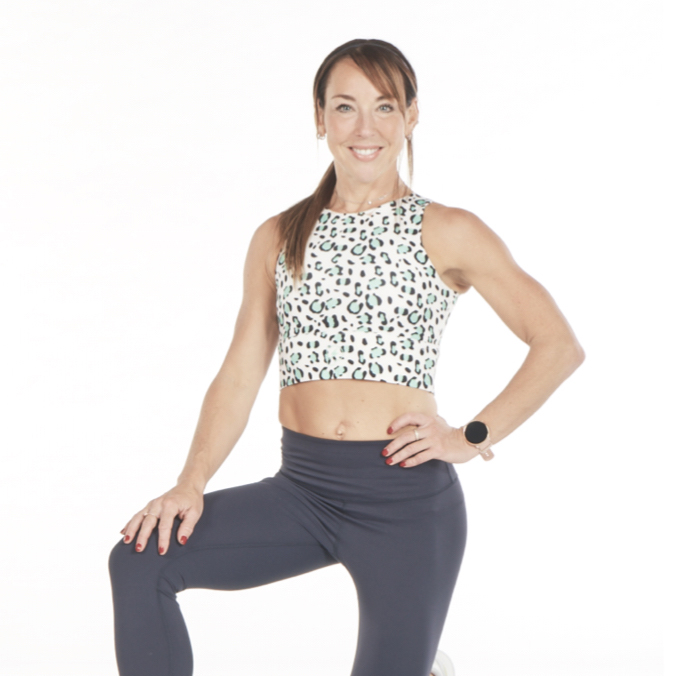
Lucy Miller is a journalist, Level 3 Personal Trainer, Nutritional Advisor and Children’s Fitness Specialist. She holds fitness qualifications from NASM Training and Premier Training International and has been a fitness journalist and fitness (and cover) model for over 20 years. Since going freelance in 2014, Lucy left Men’s Fitness Magazine to write for an abundance of top consumer titles such as Women’s Health, Women’s Fitness, Waitrose, The Times, The Guardian and Runners World.
She’s also extremely passionate when it comes to educating others about health and physical activity and loves inspiring and working with children and adults to help make fitness fun, sustainable and accessible. In her spare time, Lucy is ever the sportswoman. Once a national gymnast, having won three national titles, she has also run a handful of marathons around the world and loves to test her physical and mental side with daily running and gym sessions, not to mention ballet, bootcamp, boxing and TRX.
You must confirm your public display name before commenting
Please logout and then login again, you will then be prompted to enter your display name.